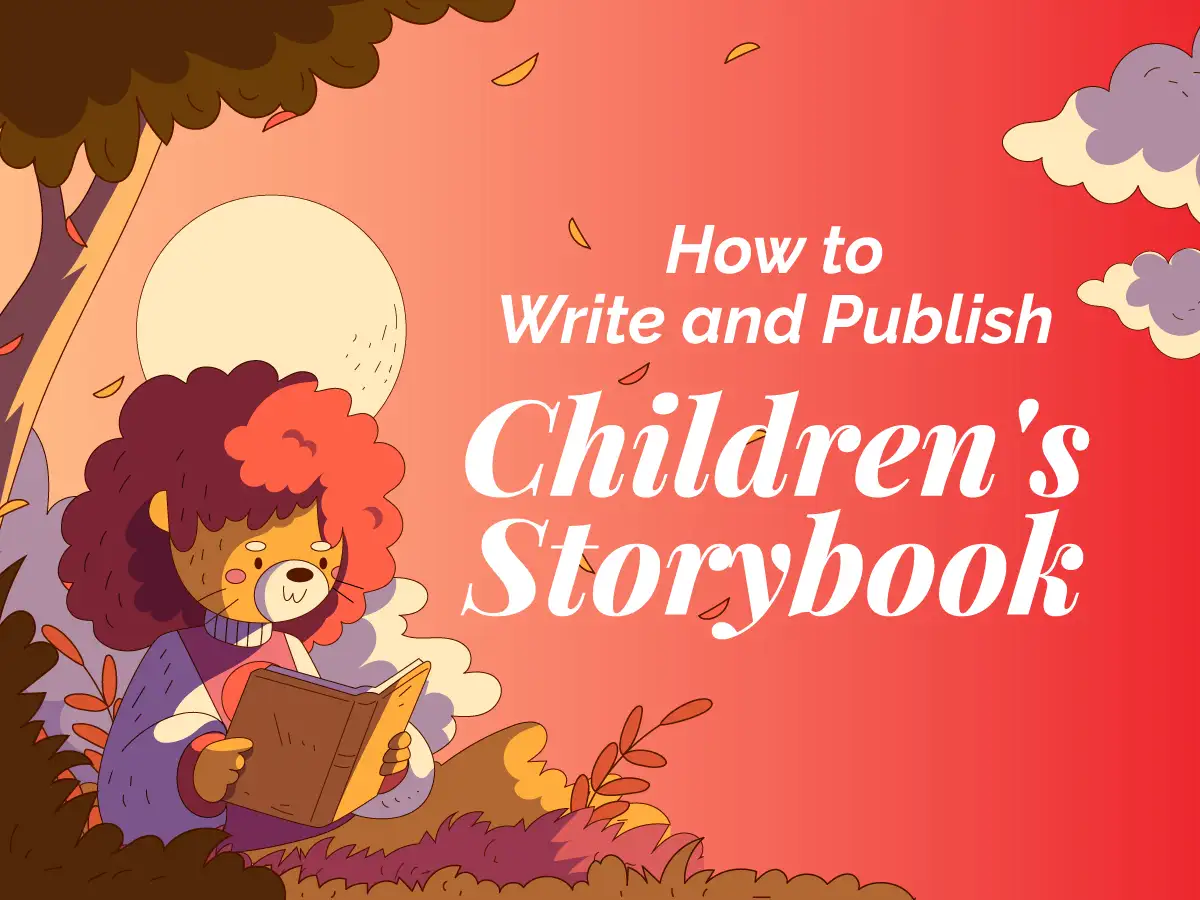With a little help, anyone can sit down and write a children’s storybook and get the attention of thousands of children. We are here to give you that little help. Follow these 10 steps and publish your children’s storybook.
1. Understand your audience:
While writing a children’s book consider the age group you are writing for, this will influence the complexity of the plot, length of the story, usage of vocabularies, and the type of illustration. Get to know about the interests and developmental stages of your target audience. After considering the age range you are writing for, research books that are in that age range and then make sure your writing style fit its style.
2. Choose a writing style:
Depending on the age group you select to write the book you want to choose a writing style. Some of these are rhyming, present tense, past tense, first person, third person.
Rhyming can simplify your story and will make it catchier to young readers. Present tense can keep the kids actively engaged in the story by having them experience things as they happen in the story. While telling a story based on true events you can write in the past tense. First and third-person writings are great if you are trying to relate directly to the main characters, those characters should be the central focus of every scene.
3. Create an engaging plot:
Friendship, family, courage, and self-discovery are the themes that are often involved in children’s story books. The plot should be straightforward and engaging, with a clear beginning, middle, and end. Young children enjoy stories with humor, animals, adventure, and relatable situations.
4. Include important children’s book elements:
Create unforgettable characters. Having your characters remain in the minds of your young readers long after they have read is considered a major success. Create characters that have strong personalities, and make bold moves against all odds. Children will tend to fall in love with these characters and they aspire to be them.
Consistent action and suspenseful action or hook will keep the young readers reading till the end of the story.
Write in simplified words for the younger ages to stay engaged. Use realistic dialogues depending on your target audience.
5. Giving Title:
Naming your book is very important. When it comes to children’s books you have to come up with unique or funny ideas. The book cover and title should be appealing to the children and draw the attention of the young readers.
6. Decide on editor:
After completing the story, make sure you have a process to verify. You don’t have to hire an editor for a children’s book, ask your friends or family to read your book looking for grammatical mistakes or spelling mistakes.
7. Create a storyboard:
A board is a series of illustrations that map out a story’s key events. You can try to draw out what you think each scene or page of your storybook should be. This gives your illustrator an understanding of what they should create as the story goes along.
8. Illustration:
Illustration is one of the most important parts of a children’s storybook. They are going to turn your story and ideas into reality. They should be colorful, and engaging and help tell the story. Plan how the text and illustration will appear on each page. Make sure there is a balance so that the pages are not overcrowded with illustrations.
Incorporating great artwork in your storybook can take your story to the next level. If you are not an illustrator consider hiring one. Look for the style you want and make sure you find the right illustrator.
9. Publishing:
While publishing your storybook, if you opt to go on the traditional way research publishers who specialize in children’s books. Make sure to prepare a query letter and a manuscript according to their submission guidelines.
If you choose to self-publish you can have more control over each and every process. You have to handle everything from hiring the best illustration to marketing your storybook. You can use platforms like Amazon and Kindle Direct Publishing.
Also, some companies offer hybrid models where you have to pay for certain services while the company will handle distribution.
10. Marketing:
Create a website or a blog to promote your storybook. Use social media to connect with readers as well as other authors.
Organize book readings at local libraries, bookstores, cafes, online stories sharing community, and schools to connect with your audience directly. Engaging directly with school children can boost your book’s popularity.



Well written Akshaya Zarine!
You have given an interesting guide for anybody who wants to start writing for children. You covered essential aspects we need to know and they are simple to implement.